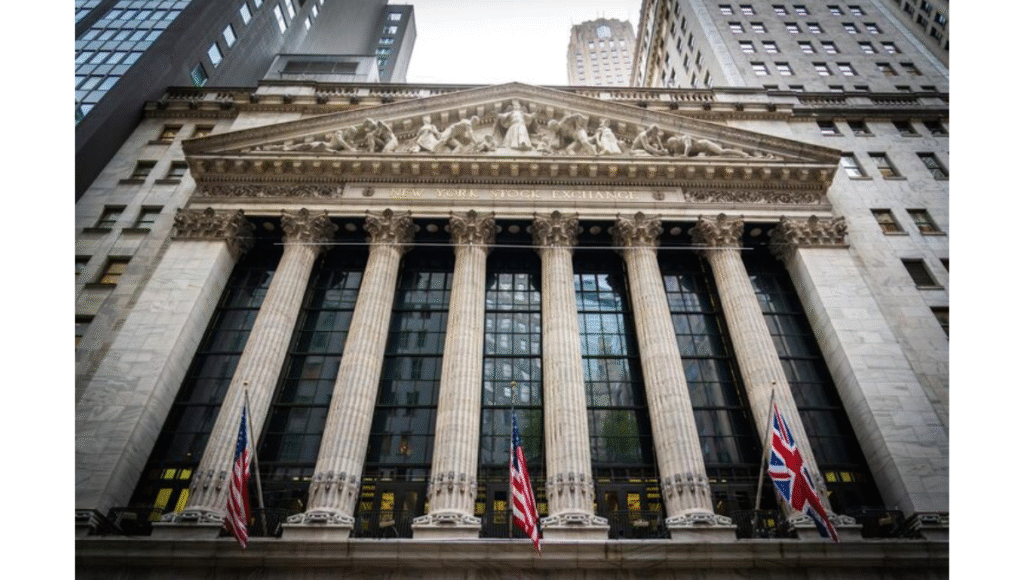
Brian Moynihan Stays Bank of America CEO Prepares Leaders for the Future, But Stays Firm in His Role
When it comes to leadership at one of the world’s biggest banks, the question of “what’s next” is never too far away. For Bank of America, that question often circles its long-standing Chief Executive Officer, Brian Moynihan. Having guided the company through crises, growth, and shifting market trends since 2010, Moynihan has become one of the longest-serving CEOs in the banking world. Recently, he addressed succession talks, making it clear that while he’s focused on preparing the next generation of leaders, he isn’t stepping down anytime soon.
In a candid interview with Bloomberg Television, Moynihan explained that part of his responsibility is to ensure there are capable leaders ready to take the helm when the time eventually comes. “Long term, one of the duties that I and the management team owe the board of directors is a series of candidates that have the experience to run this company over time,” he said. Yet, he reassured everyone by adding, “I’m not going anywhere in the short term or the medium term.”
A Shift in Leadership Roles
To strengthen the leadership pipeline, Bank of America has made several changes in its executive team. Jim DeMare, the head of global markets, has been promoted to co-president alongside Dean Athanasia, who oversees regional banking. This move gives both executives more responsibility and positions them among the top contenders to succeed Moynihan in the future. At the same time, Chief Financial Officer Alastair Borthwick has also been entrusted with greater authority, broadening his role within the bank.
For Moynihan, these moves reflect not just a reshuffling of titles but a deliberate effort to ensure continuity and stability at a bank of this scale. “It’s a recognition of three teammates — Dean and Jim and Alastair — and the contributions they have made to our company,” he said. These executives are now set to gain invaluable experience handling the challenges and opportunities of leading a global financial institution.
Moynihan’s Long Tenure and Continued Vision
Brian Moynihan stepped into the CEO role in 2010, in the aftermath of the 2008 financial crisis, and has since worked to rebuild and strengthen Bank of America’s foundation. Fifteen years later, he continues to emphasize long-term stability and has expressed his desire to remain at the helm through the end of the decade. His leadership has been marked by a focus on scaling operations, expanding wealth management, and keeping the bank competitive in a rapidly changing financial environment.
Meanwhile, divisions within the bank continue to deliver strong performances. The global markets unit under DeMare has seen record growth, reflecting how Bank of America has leveraged market volatility to its advantage. Wealth management, too, has been expanding, with clients increasingly drawn to alternative investments like private equity, private credit, and even emerging sectors such as professional sports and artificial intelligence.
Preparing for What’s Ahead
Even as Moynihan signals his commitment to staying on, the bank’s strategy shows that it is firmly focused on the future. From promoting promising leaders to embracing innovation in wealth management, Bank of America is shaping itself for long-term success. The executives being elevated today are not just successors-in-waiting; they are active contributors to how the bank adapts to global economic shifts, regulatory landscapes, and client expectations.
The broader financial industry is also keeping a close watch, especially as the Federal Reserve’s policies on interest rates and inflation continue to influence market dynamics. Moynihan has emphasized that the Fed must balance rate cuts with caution on inflation, signaling his continued involvement in shaping the narrative around the US economy.
Looking Beyond the Present
For now, Brian Moynihan remains firmly in control at Bank of America, but his efforts to prepare future leaders are a reminder that no CEO lasts forever. His strategy ensures that when the time does come for a transition, the bank won’t face a leadership vacuum. Instead, it will have seasoned executives who already understand the scale, responsibility, and complexity of running one of the world’s largest financial institutions.
Moynihan’s message is clear: he’s here to stay for the foreseeable future, but he’s also planting the seeds for a smooth transition when the moment is right. That kind of balance between present stability and future readiness is exactly what investors, clients, and employees hope to see.
Disclaimer: This article is for informational purposes only and is based on publicly available news reports. It does not provide financial advice, investment recommendations, or official statements from Bank of America. Readers are encouraged to verify details independently before making business or investment decisions.






